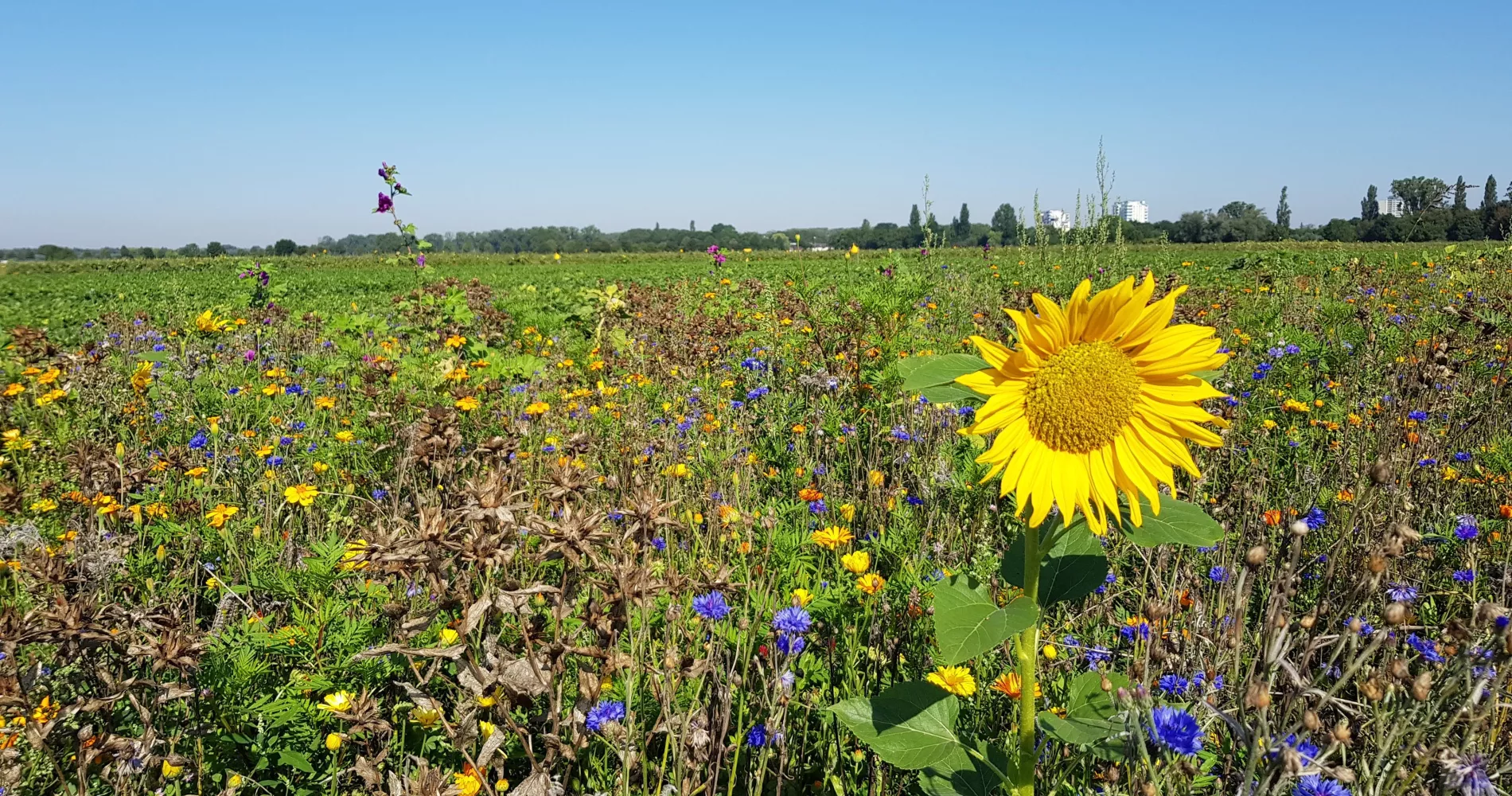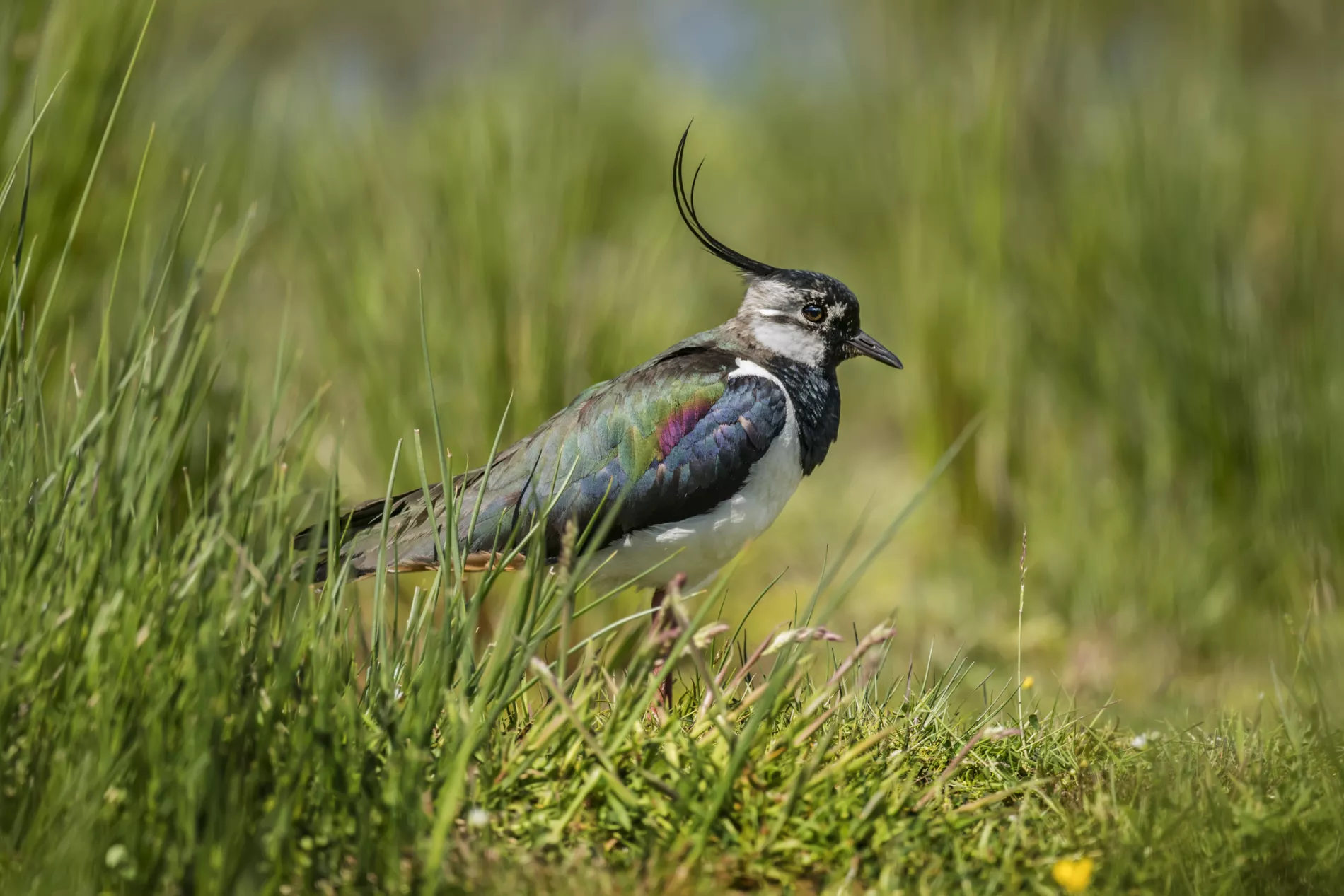
Biodiversity
Intact ecosystems are of fundamental importance to us as a group of companies that creates value from plants. This is why protecting and promoting biodiversity and ecosystems are integral parts of our sustainability strategy. It is important to us to ensure that crop rotation is maintained on these areas where our agricultural raw materials are cultivated - after all, it can make an important contribution by providing habitat and soil health.
In 2022, we developed our own biodiversity standard and implemented it in a pilot project near our production location in Offstein, Germany. In 2023/2024, we rolled out the project to the Wetterau region. Our goal is to promote agricultural biodiversity in partnership with farmers and customers. To achieve this goal, we have partnered with the Mannheim Institute for Agro-Ecology and Biodiversity (IFAB) to draft a catalog of biodiversity measures that exceed the minimum statutory requirements and are measurable and verifiable.
It blooms and hums at the edge of the field!
We have offered our beet growers free seed mixtures for flower strips specially adapted to sowing in the sugar beet crop rotation since 2014. Flower strips not only beautify the surrounding landscape, but also create a habitat for insects, birds and small animals. In 2023, Südzucker purchased around 16 tonnes of flowering seed for planting flower strips; this amount enables the planting of 2,500 flower strips. This seed was distributed free of charge to sugar beet growers in Germany, France, Belgium and Poland.
The ecological effects are being investigated by the Mannheim Institute for Agroecology and Biodiversity and the project is being scientifically monitored. The results indicate that integrating flower strips positively impacts biodiversity. They create habitats for pollinators and beneficial insects, as well as birds and other animals such as deer, rabbits, pheasants and partridges. For example, it has been determined that perennial flower strips are home to five times more invertebrates than beet fields. An increasing number of wild bees can be observed among pollinators, in addition to honeybees and bumblebees. Beneficial insects, such as the ladybug, are also increasingly found in the flowering strips.


Lapwings love turnips
As a typical meadow-breeder, the lapwing requires wide open areas with short vegetation for its nest location. This is one of the reasons why it is often found in summer crops (especially sugar beet and corn), where it finds shelter in the shade of the leaves.
The cultivation of a sugar beet field is well suited to the lapwing's needs, as the mechanical operations on sugar beet fields are usually completed before the start of its breeding season. Crop rotation including sugar beet helps to ensure the survival of the lapwing.
Ponds as bird sanctuary
The sugar beet consists of about 75 % water. Accordingly, a large amount of water is produced during sugar production, which is cleaned and introduced into clarification ponds. The clarification ponds at our sugar factory in Offstein, Rhineland-Palatinate, have been an officially recognised bird sanctuary since 2005 and are important for the biodiversity of the region.
Some 115 species of birds nest, breed and rest on the approximately 65-hectare area - the equivalent of about 80 football pitches. Among them are rare species such as the Little Ringed Plover, the endangered White-starred Bluethroat or the Marsh Harrier, which lays its eggs in the reeds at the edge of the ponds. A successful example of how industry and nature conservation can also cooperate successfully.
